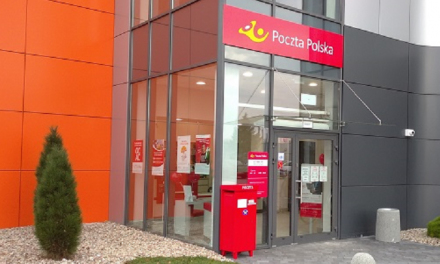
USPS to save $750m a year through service redesign
The US Postal Service believes it will save $750m a year through a restructuring of its administrative set-up, which is being outlined this week. Writing to his officers yesterday regarding the redesign of the service, Postmaster General Pat Donahoe said his plan would mean a 20% reduction in administrative officers and postal executives.
He said changes would help the Postal Service become “leaner, faster, and smarter”, improve its financial situation and ensure it can compete for more customers.
The Postmaster General is aiming to cut his administrative staff by 7,500, reducing the layers of management within the Postal Service. This could involve reduction-in-force lay-offs, but hopes to avoid this as much as possible through voluntary early retirements.
With around 22,500 staff retiring each year on average anyway within the USPS, Donahoe believes he can slim down his overall workforce by a total of 30,000 this year.
Over the coming weeks, targeted groups of non-unionised administrative staff within USPS headquarters, field units, area and district offices are to be offered financial incentives to take voluntary early retirement.
Staff that have completed 25 years of service, or who are over the age of 50 and have completed 20 years of service, are being offered a $20,000 golden handshake to retire early.
Donahoe said other staff can also claim the incentive to voluntarily leave the Postal Service, as the organisation seeks to cut staff numbers to stem its multi-billion dollar annual losses.
Meanwhile, seven district offices are being notified today (March 24) that they are closing – including offices in Columbus, South East Michigan, Northern Illinois, South East New England, South Georgia, Big Sky and Albuquerque. The USPS said the administrative functions of these districts will be assumed by nearby district offices, and that closure would not affect customer service.
Donahoe said of the USPS redesign: “The new structure aligns functions with increased clarity of purpose and a dramatic reduction in ‘shadow organisations’.”
He added that his plans would eliminate layers of reporting, as well as reporting between executives and within pay-grade levels.
A document sent to federal regulators yesterday stated that the Postal Service currently has 516,187 full-time staff. Counting part-time and temporary workers, it has 660,682 staff, with the document suggesting staff have an average age of 49.
Changes
Donahoe addressed a seminar put on by the National Association of Postal Supervisors this week, and paid tribute to the job they were doing through the changes in the USPS and the postal market.
But he said the USPS had lost 50% of the single piece mail volume in the last 10 years, and that as a result consolidation was needed among area mail processing facilities and post offices.
He said: “The changes are there because the financials are so bad. We’ve lost 23% of the volume, and the bad thing is we’ve lost so much more First Class Mail, and what is coming back is Standard Class, and it takes three pieces of Standard to make up for the piece of First Class.”
Even if changes are made by Congress to USPS healthcare and pension contributions, and deliveries are cut from six to five days, Donahoe said other cost-cutting moves were needed.
“We can’t sit still with the plant network the way it is,” he said.
NAPS members complained at under-staffing and reliance on overtime at network distribution centres.
Donahoe suggested more flexible working arrangements being agreed with the unions would help, and that the Postal Service was looking at the potential to bring in new types of mail processing equipment.
Revenues
During his speech, as well as noting the cutbacks, the Postmaster General stressed the need and opportunities to grow revenues – particularly in the business-to-consumer channel and package business.
Donahoe revealed that some deals were on the horizon to agree major pricing deals with large mailers, including a negotiated service agreement with the Discover credit card company.
And, he said new flat-rate Priority Mail offerings were doing well, and that developments in the USPS Parcel Select service was bringing in more customers, including more involvement with private sector carrier UPS.
“Time is not on anyone’s side at this point in time, we’ve got to work through as much as we can in cost and revenue to get ourselves back on more firm footing,” Donahoe said.













